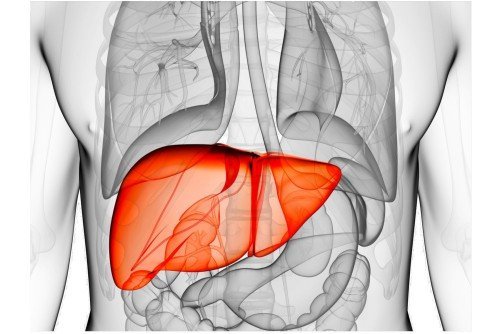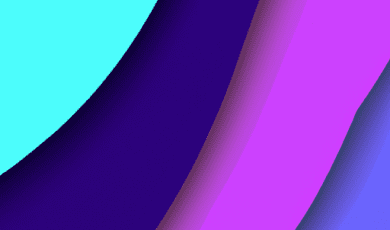
Anatomy of the liver
The liver is located in the upper right-hand portion of the abdominal cavity, beneath the diaphragm, and on top of the stomach, right kidney, and intestines.
Shaped like a cone, the liver is a dark reddish-brown organ that weighs about 3 pounds.
There are 2 distinct sources that supply blood to the liver, including the following:
- Oxygenated blood flows in from the hepatic artery
- Nutrient-rich blood flows in from the hepatic portal vein
The liver serves a vital function in the body - it holds an impressive one pint of blood at any given moment! This remarkable organ is made up of two main lobes, each further divided into eight segments. In addition to holding precious liquid within itself, its thousand lobules work together with small and large ducts that connect bile produced by the cells directly to both the gallbladder and duodenum (the beginning part of our digestive tract). It's truly staggering how much this single organ performs for us every day.
Functions of the liver
The liver is truly an amazing organ, performing more than 500 critical functions in the human body. It helps to regulate most chemical levels within the bloodstream and acts as a filter for incoming nutrients and drugs from food we consume or medicine we take. The liver produces bile, which assists with waste removal - all of our blood passes through it on its journey throughout our bodies! We can be thankful that this resilient organ keeps us healthy by breaking down foods into usable elements while also neutralizing any harmful toxins before they reach other areas of the body.
- Production of bile, which helps carry away waste and break down fats in the small intestine during digestion
- Production of certain proteins for blood plasma
- Production of cholesterol and special proteins to help carry fats through the body
- Conversion of excess glucose into glycogen for storage (glycogen can later be converted back to glucose for energy) and to balance and make glucose as needed
- Conversion of poisonous ammonia to urea (urea is an end product of protein metabolism and is excreted in the urine)
- Clearing the blood of drugs and other poisonous substances
- Regulating blood clotting
- Resisting infections by making immune factors and removing bacteria from the bloodstream
- Clearance of bilirubin, also from red blood cells. If there is an accumulation of bilirubin, the skin and eyes turn yellow.
When the liver has broken down harmful substances, its by-products are excreted into the bile or blood. Bile by-products enter the intestine and leave the body in the form of feces. Blood by-products are filtered out by the kidneys, and leave the body in the form of urine.








